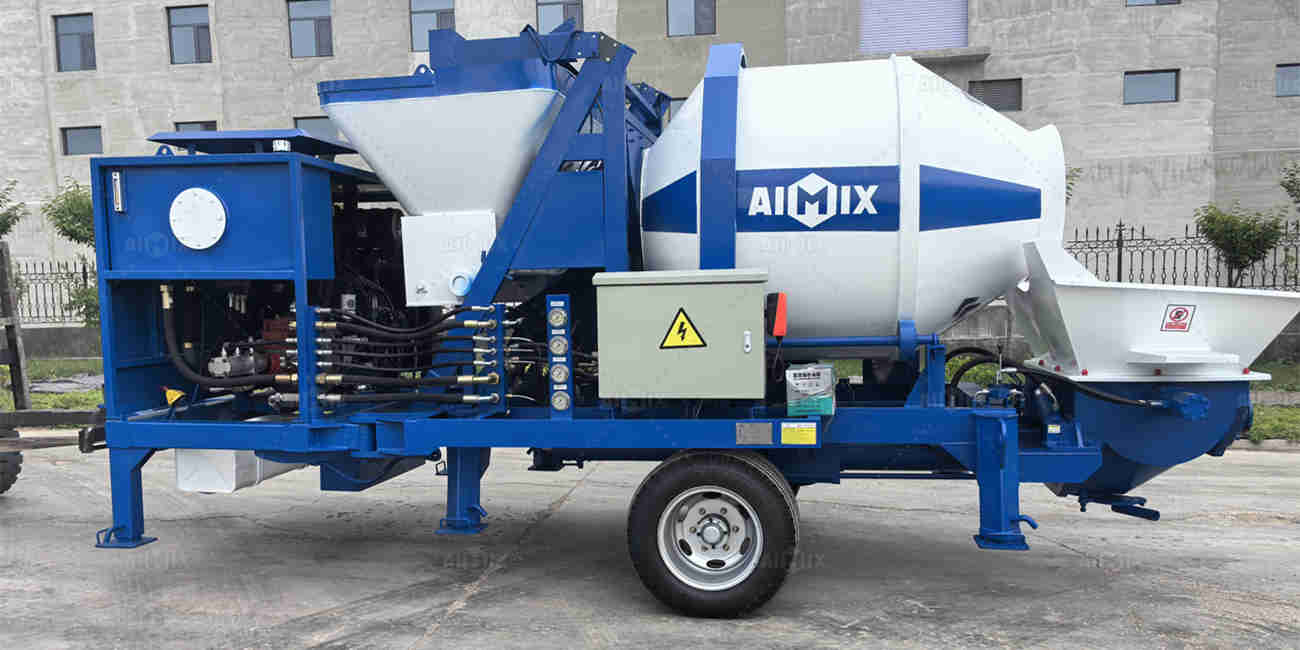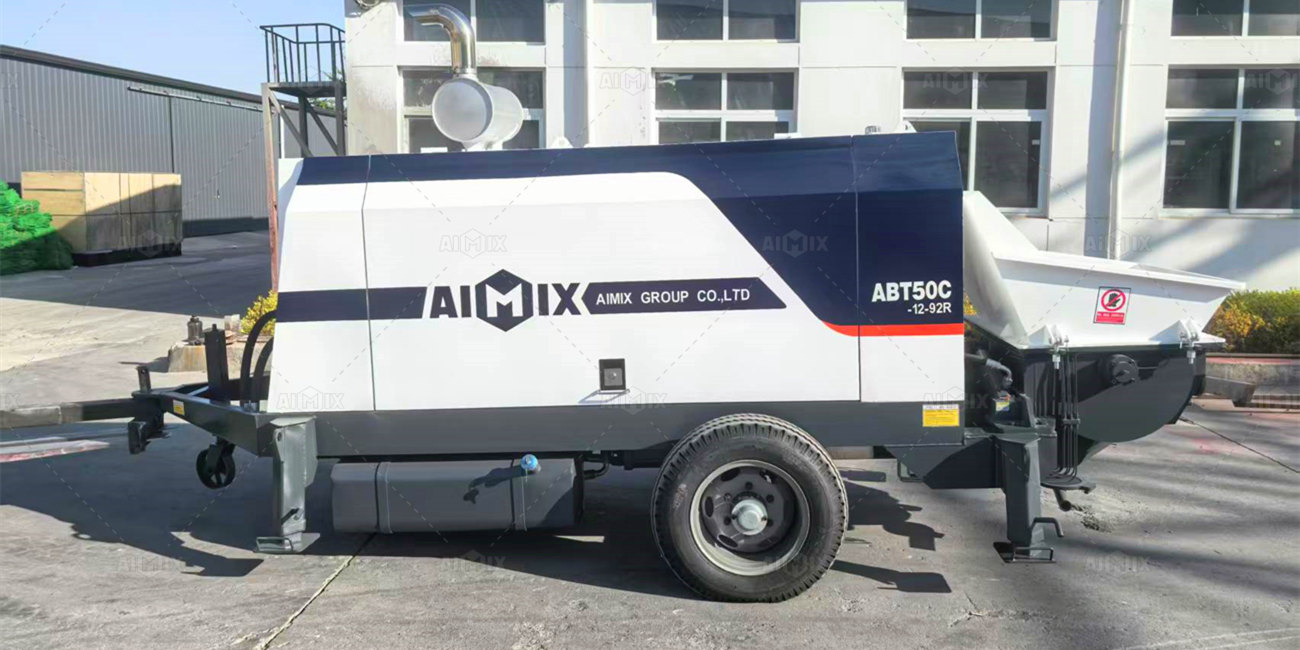Expanding a hospital requires careful planning, timely execution, and the right equipment to ensure that the construction does not interfere with ongoing medical services. Concrete is at the heart of any large-scale building expansion, and contractors often wonder what types of pumping equipment can be combined to achieve efficiency. The question frequently arises: can a concrete pump small in size and concrete trailer pumps actually work together on the same project? In the context of a hospital expansion, the answer is yes, but with thoughtful coordination and proper project planning.

Understanding the Role of a Concrete Pump Machine
When we talk about a concrete pump machine, it is essential to understand that not all machines serve the same purpose. Different types have different strengths, and their compatibility can make or break the workflow on a construction site. A concrete mixer pump, for example, integrates both mixing and pumping functions, which makes it extremely valuable on projects where ready-mix concrete is not delivered to the site. On the other hand, concrete trailer pumps are designed for high-pressure pumping over long distances, making them an excellent choice for transferring concrete across different sections of a hospital construction site.
Advantages of Using a Concrete Pump Small in Size
The role of the concrete pump small in size should not be underestimated in hospital expansion projects. Hospitals usually operate around the clock, and heavy vibration or noise can affect patients and medical staff. Smaller-sized pumps are not only easier to maneuver in tight spaces but also create less disruption compared to massive machines. For example, when pouring concrete for smaller structures such as corridors, patient waiting areas, or utility blocks, the small pump provides quick placement with minimal site disturbance. Its compact design also makes it easier to move around tight hospital grounds, where space is often restricted.
Why Concrete Mixer Pump is Crucial for Hospital Projects
The concrete mixer pump plays a particularly vital role in these circumstances because it allows on-site mixing and pumping simultaneously. For hospital projects, especially in rural or suburban areas where ready-mix supply might not be consistent, having this dual-function machine ensures that the work continues without delay. Concrete quality is crucial in healthcare facility construction, as structural stability directly impacts safety. A mixer pump reduces the risk of cold joints and delays by ensuring freshly mixed material is pumped exactly when and where it is needed.
Benefits of Using Concrete Trailer Pumps for Long Distance Delivery
Meanwhile, concrete trailer pumps can be set up to serve areas of the expansion that are farther away from the mixing point. Hospital expansion projects often involve multiple wings or new floors being added to existing structures. These locations may not be easily accessible for trucks or smaller equipment, especially if hospital operations must remain undisturbed. Trailer pumps are ideal for delivering concrete across longer distances through pipes, reaching remote parts of the site with high precision.

Combining Small Pumps and Trailer Pumps for Workflow Optimization
When the concrete pump machine setup combines a mixer pump for local pouring and a trailer pump for remote delivery, contractors achieve an optimized workflow. The mixer pump handles immediate small-to-medium-scale pours near the equipment, while the trailer pump extends the reach for harder-to-access areas. This synergy saves time, reduces idle equipment hours, and prevents bottlenecks where workers would otherwise wait for concrete delivery.
Addressing Hospital Environment Constraints
Another consideration is the hospital’s operational environment. Concrete works in a medical setting demand minimal dust, noise, and vibration to avoid disrupting patient care. By using a concrete pump small in size alongside larger trailer pumps, contractors can strategically position equipment away from sensitive areas. Smaller pumps can serve interior work that requires minimal impact, while trailer pumps can be stationed further from critical spaces and deliver concrete silently through pipelines.
Cost Efficiency of a Combined Equipment Setup
Cost efficiency is also an important factor. Renting or buying a large number of high-capacity pumps is not always necessary. By combining a concrete mixer pump with concrete trailer pumps, contractors reduce the number of machines needed while still achieving full coverage of the site. The mixer pump avoids dependency on external batching plants, and the trailer pump ensures long-distance delivery without hiring additional manual labor.
Final Thoughts
In conclusion, using a concrete pump small in size together with concrete trailer pumps is not only possible but highly effective for hospital expansion projects. The concrete mixer pump provides versatility by mixing and pumping directly on-site, while the trailer pump extends concrete delivery across longer distances with high pressure. By combining both, contractors ensure faster construction, reduced operational disturbances, and better cost control. Hospitals are critical infrastructures, and their expansion demands efficiency, precision, and minimal interference — something this equipment combination can deliver when planned properly.